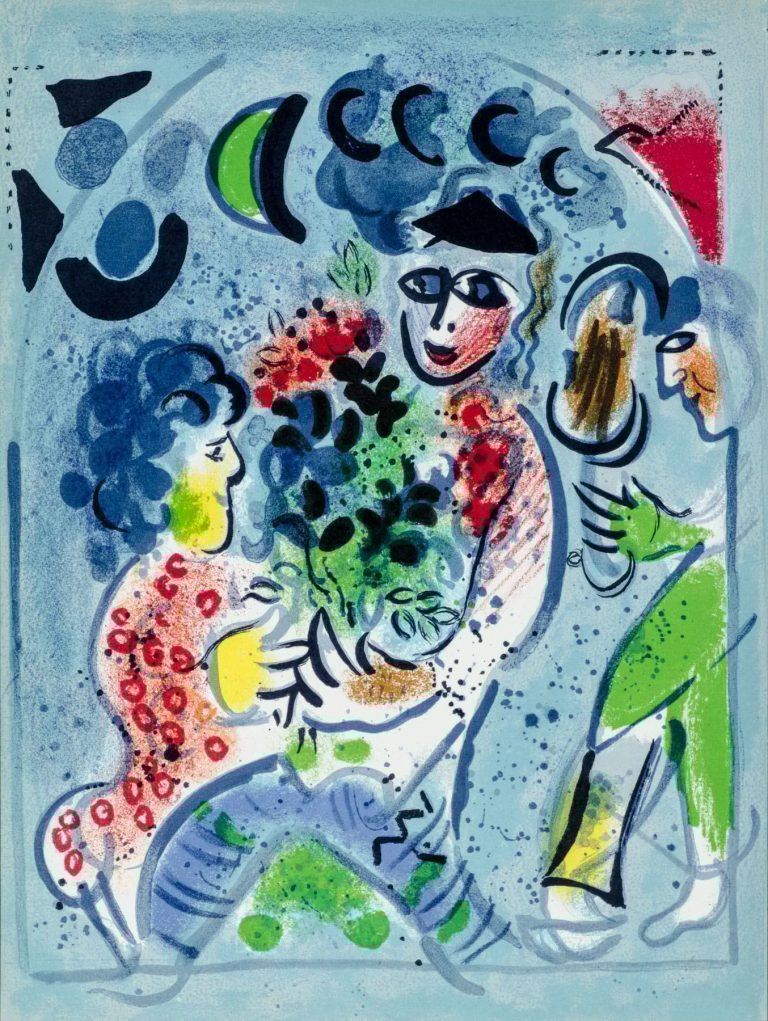

To incorporate more than one color, many stones must be used. Original stone lithographs are referred to as hand-made lithographs and are hand-drawn (applied to the stone) on limestone or marble. The method is what most people mean when they are referring to a traditional lithograph. The stone lithograph is the oldest and most excellent lithography technique. While other art printing methods require etching and other forms, lithography is unique because it more closely resembles a painting. The word “lithograph” has derived from two ancient Greek words: “lithos,” meaning “stones,” and “graphien” - “to write.” The artistic practice is defined as a style of art printing that makes use of the incompatibility of grease and water if they come into contact. Water Damage: Drying liquids will cause water stains and can either be subtle or dark, depending on the amount of liquid the paper has been exposed to.Buy Canvas Art Prints Lithograph Definition Surface Soiling: Staining due to substances such as dust, soot, and dirt. Light damage can also include a general fading of the tone of the artwork. Materials made with wood-pulp will darken upon light exposure, which causes permanent stains.

Light Damage: Discoloration, often a “yellowing” or “browning” of the paper, caused by exposure to U/V light, which can fade inks and colors. Oils in your hands can also leave grease and dirt residue.Īdhesive Damage: Adhesives such as tape, wax, and glue can leave stains that weaken paper and can be difficult to remove.įolds, Wrinkles, and Creases: Often caused by improper handling, creases and folds can lead to tears.Ĭockling and Buckling: These occur when humidity fluctuates or the support has been wet, and appear as ripple-like or concave/convex distortions.Ībrasions, Scratches: Rubbing, friction, and scraping due to improper handling can cause a loss in fibers of the paper, resulting in scratches and abrasions. Handling/Tears/Losses: Overall weakness caused by handling, which can lead to tearing. This can be caused by mold or metal in the paper, and will cause the area of staining to become weak and brittle.īrittleness: The overall weakening of substrate or its support (mat, mounting) caused by an acidic material that results in snapping, cracking, or breaking. Damp or humid environments are susceptible to mold.įoxing: Foxing appears as brown mold stains in bullseye or snowflake-like patterns. Mold: Mold can be active or inactive and can appear as a stain with spores, a cluster of discolored fuzzy filaments, powdery, or practically invisible unless examined in ultraviolet light. Carroll Wales | Oliver Brothers Owner 1961-1986 | Part II.Carroll Wales | Oliver Brothers Owner 1961-1986 | Part I.




 0 kommentar(er)
0 kommentar(er)
